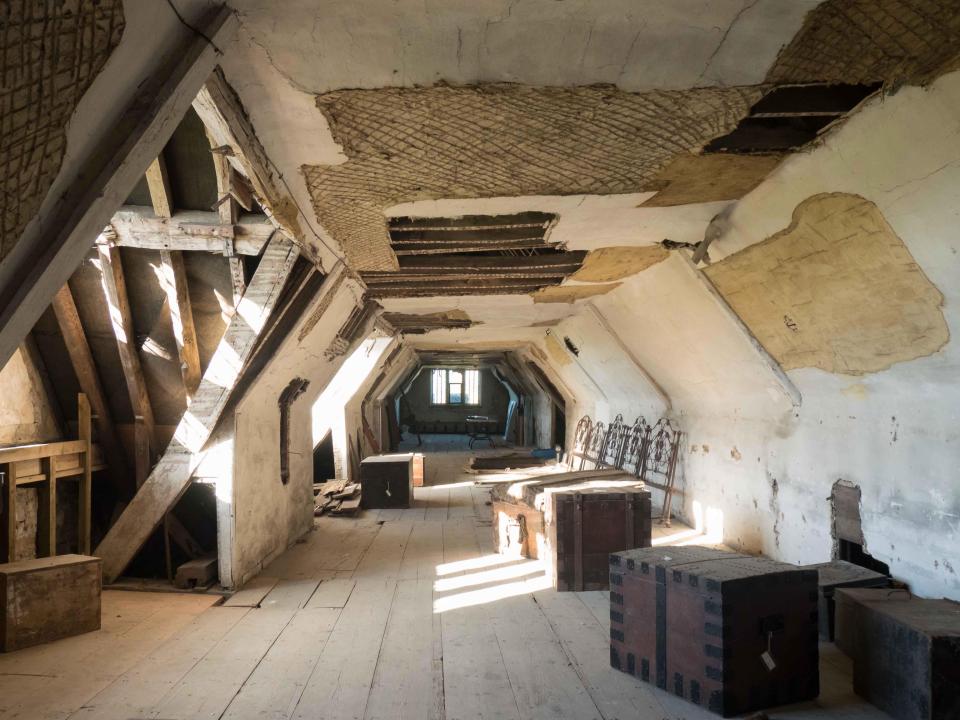Jimdiana Jones

When Jim came across the pieces of paper, he at once gathered all his teammates. The letter was all coated with dust. “We realized [one of the items] was a letter,” Parker said, “and there was writing on it which looked like a 17th-century hand. I was nicknamed ‘Jimdiana Jones’ after that!”. Who are we to judge but the nickname seems quite appropriate.
Appreciation
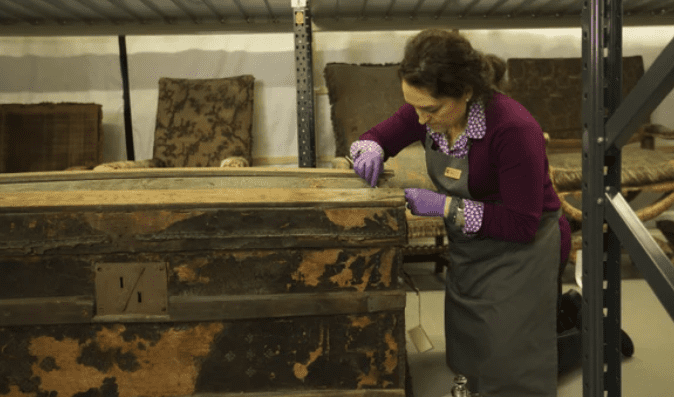
When Jim along with his teammates was satisfied that they were letters, he took both of the parchments in hand and took them to the experts and brought their attention to what he had found. Jim was highly praised by them for his fine work of spotting the letters. But the experts said that before the writings could be deciphered the letters needed to be restored.
A Third Find
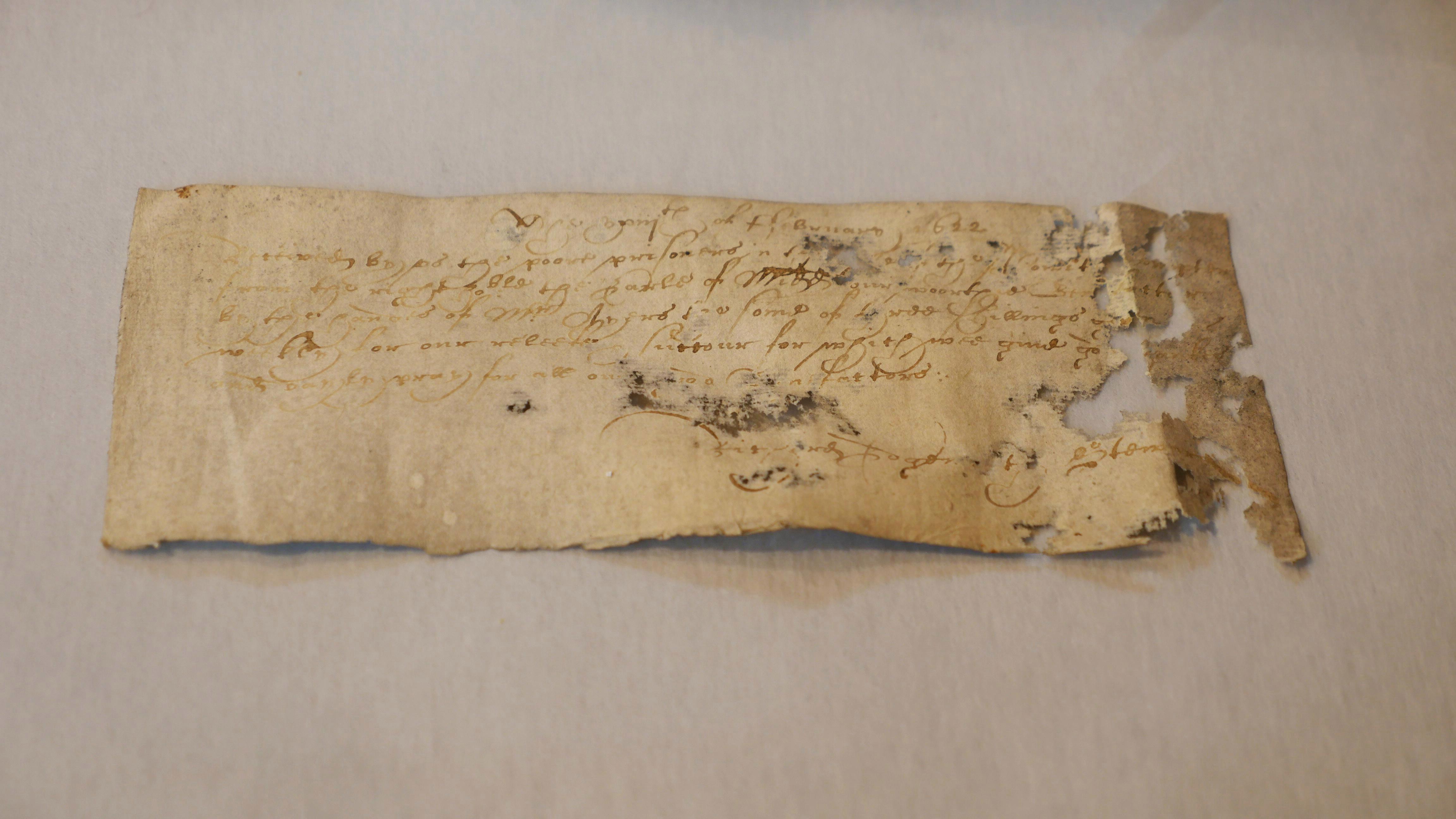
While Jim was being a superstar in the volunteers for his amazing discovery there was another guy who was close to finding something big too. A building contractor Dan Morrison who was in a team other than Jim’s also came across a piece of parchment and the experts say that they belonged to the same era. The letter that Dan found was lying in a ceiling void near the Upper King’s Room and dated back to February 1622.
The Letter
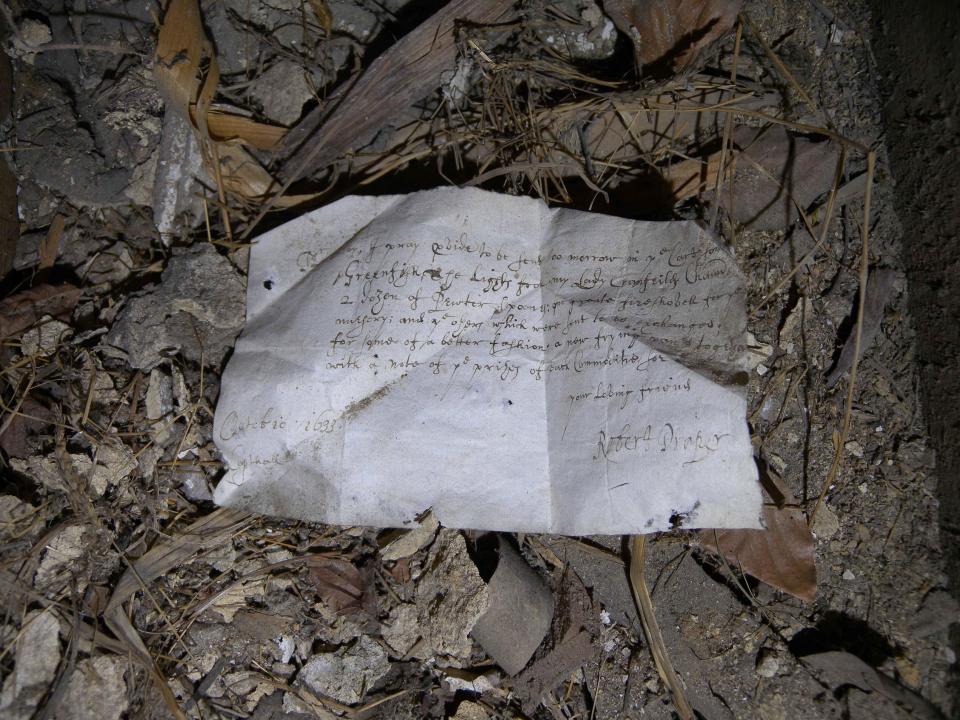
The experts say that at some point that spanned over the centuries, the letter might have fallen from the attic and might have got stuck in the ceiling void. On further examination, the experts concluded that the letter that Dan found and the letter that Jim found are both made of parchment, which is a type of paper that is made using stretched animal skin.
17th Century Notes
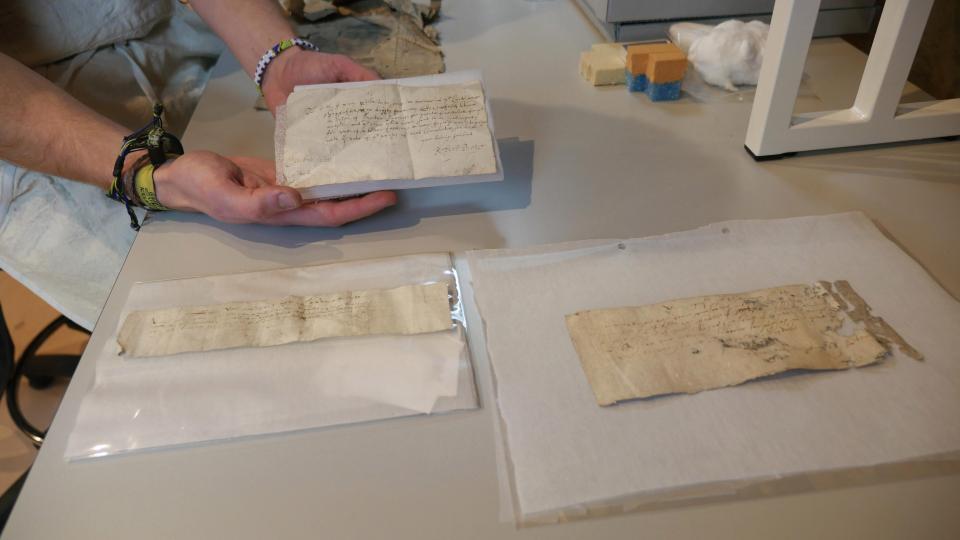
Whilst the preservation process was going on in the English countryside, on an old mansion and a manor, the volunteers found three letters that dated back almost 400 years ago and these letters provided a glimpse into the daily life of the people back in those days.
Archaeology Conservation Lab

As soon as the experts identified them as papers they concluded that they might hold historical relevance as the letters were touted to be at least 400 years old. Upon discovering this fact, the letters were directly sent to Archaeology Conservation Lab at University College London and then they were treated there.
